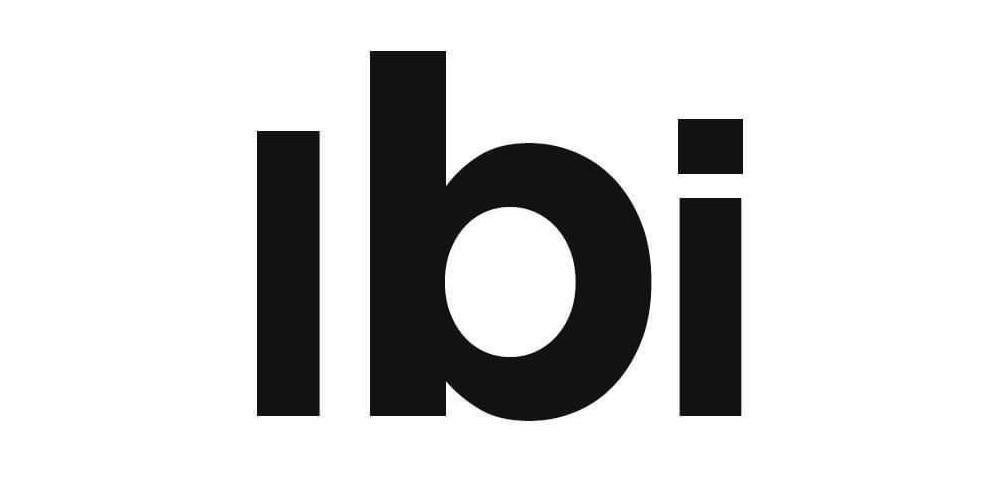Cosmetics manufacturing is a multifaceted process that brings your favorite beauty products to life. This behind-the-scenes journey involves intricate steps, from product formulation to packaging design, and plays a crucial role in the beauty industry’s success.
Beauty Products Production:
Beauty products production is the heart of the cosmetics industry. It encompasses the creation of makeup and skincare items, ensuring they meet the highest quality standards and align with consumer preferences.
Cosmetic Industry Insights:
A deep dive into cosmetic industry insights reveals the dynamic nature of the market, with trends constantly evolving. These insights guide manufacturers in producing products that capture the attention of consumers.
Makeup Production Process:
The makeup production process involves the careful formulation of cosmetics, creating an array of products that enhance beauty and style. This process demands precision and creativity to meet the diverse needs of makeup enthusiasts.
Skincare Manufacturing:
Skincare manufacturing focuses on producing products that promote healthy and radiant skin. This vital sector of cosmetics manufacturing combines science and beauty to deliver effective skincare solutions.
Cosmetic Ingredients:
The selection and combination of cosmetic ingredients are central to product efficacy. Manufacturers invest in research to identify ingredients that benefit the skin and create formulations that work wonders.
Quality Control:
Quality control is a cornerstone of cosmetics manufacturing, guaranteeing that every product meets stringent quality standards. Rigorous testing and inspection ensure that consumers receive safe and effective cosmetics.
Production Facilities:
State-of-the-art production facilities play a pivotal role in cosmetics manufacturing. These facilities are equipped with cutting-edge technology to efficiently produce large quantities of beauty products.
Product Formulation:
Product formulation is the art of combining various ingredients to create cosmetics that are both functional and aesthetically pleasing. This stage requires innovation and technical expertise.
Branding Strategies:
Branding strategies are essential in establishing cosmetics brands in a competitive market. Effective branding helps build a loyal customer base and communicates a brand’s identity and values.
Research and Development:
Research and development drive innovation in the cosmetics industry. Continuous exploration of new ingredients and technologies ensures that beauty products remain at the forefront of science and beauty.
Packaging Design:
Packaging design combines artistry and practicality, creating an attractive and functional package for cosmetics. Eye-catching packaging adds to the overall allure of beauty products.
Regulatory Compliance:
Regulatory compliance is of utmost importance to ensure that cosmetics meet safety and quality standards. Manufacturers must navigate complex regulations and standards to bring products to market.
Supply Chain Management:
Efficient supply chain management is critical for sourcing, producing, and distributing cosmetics. It ensures that beauty products reach consumers on time and in pristine condition.
Raw Materials Sourcing:
Raw materials sourcing involves finding high-quality ingredients from around the world to create exceptional cosmetics. This process often requires close collaboration with suppliers.
Cosmetic Manufacturing Technology:
Cosmetic manufacturing technology includes advanced machinery and equipment that streamline production and enhance efficiency.
Product Testing:
Product testing guarantees the safety and effectiveness of cosmetics. Rigorous testing protocols ensure that products are suitable for use by consumers.
Sustainability Practices:
Sustainability practices in cosmetics manufacturing are becoming increasingly important, as the industry seeks eco-friendly and ethical solutions to reduce its environmental impact.
Manufacturing Standards:
Adhering to manufacturing standards is fundamental to delivering safe and effective cosmetics to consumers. These standards encompass all aspects of production, from ingredient sourcing to packaging.
Industry Innovations:
Industry innovations drive continuous improvement in cosmetics manufacturing, enabling the creation of groundbreaking products that meet changing consumer needs.
Cosmetic Product Safety:
Ensuring cosmetic product safety is a primary concern, and manufacturers invest in safety measures to provide consumers with peace of mind.
Consumer Trends:
Staying in tune with consumer trends is essential to meet the ever-evolving demands of beauty enthusiasts. Cosmetics manufacturers adjust their product lines and strategies to align with these trends.
Marketing Strategies:
Effective marketing strategies are crucial to building a strong brand and connecting with consumers. Marketing efforts must convey the value and appeal of beauty products.
Product Development:
Product development encompasses the entire journey of creating a cosmetics line, from concept to market release. It is a multifaceted process that involves research, innovation, and market analysis.
Manufacturing Equipment:
Cutting-edge manufacturing equipment is a key component of cosmetics production, ensuring efficient and precise manufacturing processes.
Industry Challenges:
The cosmetics industry faces a range of challenges, from ingredient sourcing to sustainability concerns. Navigating these challenges requires creativity and adaptability.
Cosmetic Quality Assurance:
Quality assurance is a continuous process that guarantees that beauty products are consistent in quality and safety.











